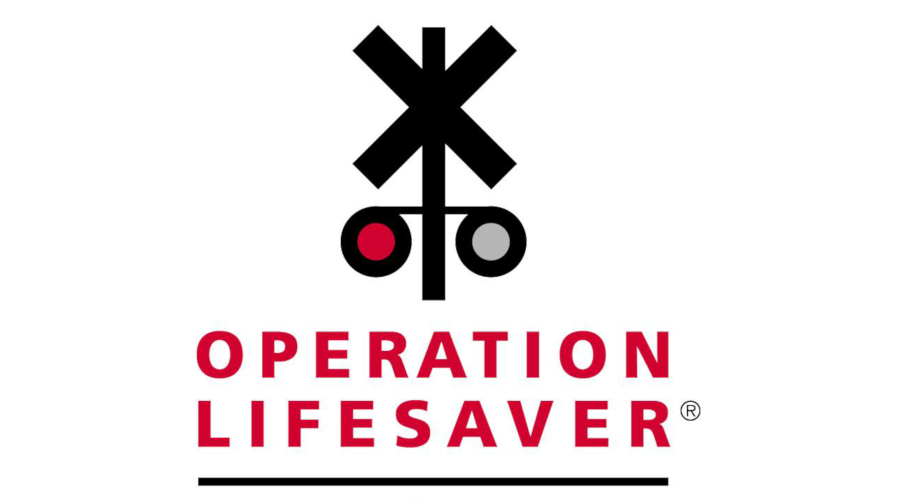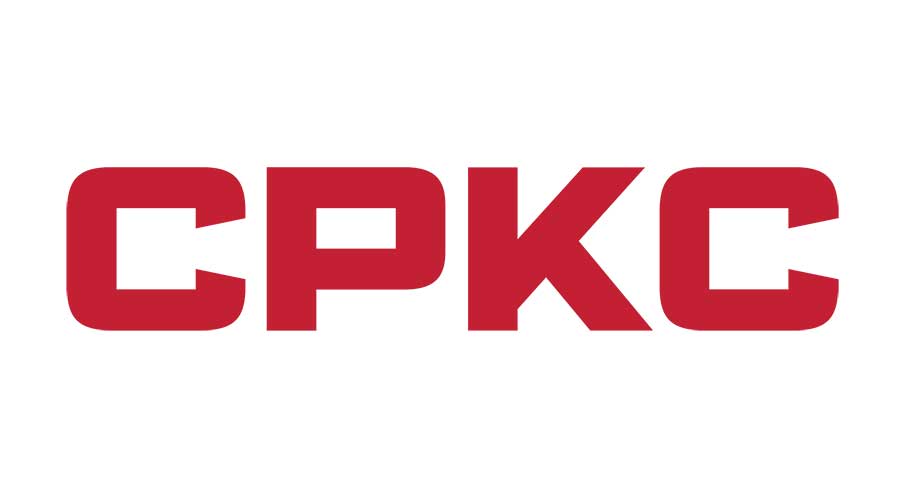Stay updated on news, articles and information for the rail industry
1/21/2014
Rail News: Federal Legislation & Regulation
FY2014 appropriations bill includes funds for several port-related programs
The Consolidated Appropriation Act of 2014, passed by Congress late last week, includes funding for several "high-priority programs" crucial to U.S. seaports, according to the American Association of Port Authorities (AAPA).
The $1.1 trillion bill includes $600 million for the U.S. Department of Transportation's Transportation Investment Generating Economic Recovery (TIGER) program, a 20 percent increase compared with the fiscal-year 2013 appropriation. Last year, port-related projects received about 22 percent of the $474 million in grants issued under the fifth round of the TIGER program.
The U.S. Army Corps of Engineers' Civil Works programs received $5.5 billion under the bill, including $1 billion dedicated to navigation channel dredging operations and maintenance. As part of the Corps' Civil Works appropriation, Congress also approved initiating three new starts projects for deep-draft navigation studies and up to two new start construction projects. They would be the first new starts initiated under the program since 2010. The Corps is expected to make a final decision on which new starts projects will be funded when it drafts its annual work plan, according to AAPA.
Meanwhile, the Federal Emergency Management Agency's State and Local Programs received a $100 million appropriation dedicated to the Port Security Grant Program.
Within the Environmental Protection Agency, Congress appropriated $20 million for Diesel Emissions Reduction Act grants, which have helped ports reduce emissions from older diesel engines.
And, the National Oceanic and Atmospheric Administration's National Ocean Service Operations, Research and Facilities program was funded at $471.9 million, a 5 percent increase compared with FY2013. The program fund several navigation-related subprograms that benefit ports, such as the Physical Oceanographic Real-Time System, which provides environmental observations, forecasts and other data to improve the safety and efficiency of maritime commerce.
"AAPA is pleased to see that, in this era of fiscal restraint and belt-tightening, a number of the priorities of America's ports were important enough to lawmakers that they included them throughout this government-wide spending bill," said AAPA President and Chief Executive Officer Kurt Nagle in a prepared statement. "The funding provided to port-related infrastructure programs is recognition that lawmakers appreciate that seaports, the connections with them and the trade flowing through them, are vital to creating and sustaining jobs, economic growth and enhancing U.S. international competitiveness."


 2025 MOW Spending Report: Passenger-rail programs
2025 MOW Spending Report: Passenger-rail programs
 Gardner steps down as Amtrak CEO
Gardner steps down as Amtrak CEO
 Guest comment: Oliver Wyman’s David Hunt
Guest comment: Oliver Wyman’s David Hunt
 Women of Influence in Rail eBook
Women of Influence in Rail eBook
 railPrime
railPrime







